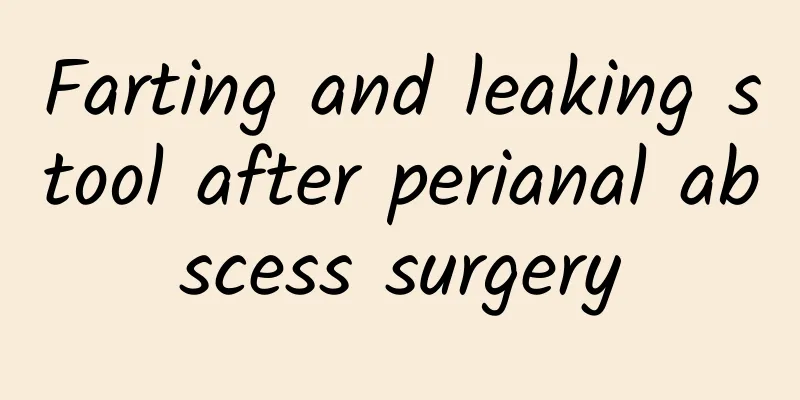Are synovitis and bursitis treated the same way?

|
The treatments for synovitis and bursitis are not exactly the same, and targeted measures need to be taken according to the specific causes and symptoms. Synovitis is usually associated with joint injuries, infections, or inflammatory diseases, while bursitis is mostly caused by repetitive movements or local pressure. In terms of treatment, both can relieve symptoms through rest, medication, and physical therapy, but synovitis may require more in-depth anti-inflammatory treatment, while bursitis focuses on reducing local pressure and controlling inflammation. 1. The treatment of synovitis focuses on controlling inflammation and repairing joint damage. Nonsteroidal anti-inflammatory drugs such as ibuprofen and naproxen can relieve pain and inflammation. For severe cases, doctors may recommend intra-articular corticosteroid injections. Physical therapy such as hot compresses, cold compresses and joint mobility training can help restore joint function. Infectious synovitis requires antibiotic treatment. 2. The treatment of bursitis is mainly to reduce local pressure and relieve inflammation. Avoiding repetitive movements or overuse of the affected area is the key. Nonsteroidal anti-inflammatory drugs such as aspirin and diclofenac can relieve pain and swelling. Local ice and pressure bandages can help reduce acute inflammation. For stubborn bursitis, the doctor may recommend aspiration of the effusion or injection of corticosteroids. 3. Both can prevent recurrence by adjusting lifestyle. Patients with synovitis should pay attention to protecting joints and avoid excessive weight bearing or strenuous exercise. Patients with bursitis should reduce repetitive movements, use protective gear or change working posture. Moderate exercise and stretching can help enhance the flexibility of joints and muscles. 4. Severe or recurrent synovitis or bursitis requires further medical examination. The doctor may evaluate the condition through imaging examinations such as X-rays and MRIs, and perform surgical treatment if necessary. Synovitis may involve joint cleaning or repair, while bursitis may require removal of the diseased bursa. Treatment of synovitis and bursitis requires targeted measures based on the specific cause and symptoms. Timely medical attention and compliance with doctor's advice are the key to recovery. Most patients can effectively relieve symptoms and prevent recurrence through medication, physical therapy and lifestyle adjustments. |
<<: What are the symptoms of sequelae of high fever convulsion in a one and a half year old baby?
>>: Why do women often have urethritis?
Recommend
Can breast nodule cysts be cured by taking Chinese medicine?
Taking Chinese medicine for breast nodule cysts m...
Are breast cysts precancerous?
Breast cysts are not precancerous lesions, but if...
What fruits can't be eaten if you have breast cysts
Patients with breast cysts usually do not need to...
What to do if hemorrhoids hurt
Hemorrhoids are a common anorectal disease, which...
How to treat neuralgic leg pain
Treatment for neuropathic leg pain includes medic...
When should the rubber band for drainage of perianal abscess be removed?
The rubber band for drainage of perianal abscess ...
The best treatment for breast cysts
The best treatment for breast cysts depends on th...
How much does the surgery for perianal abscess cost in a tertiary hospital?
The cost of perianal abscess surgery in a tertiar...
What are the folk remedies for treating gallstones?
Gallstones are formed by the precipitation of cho...
How to care for patients with gallstones
During the care process, patients with gallstones...
What medicine should I take for type 2 bilateral breast cysts?
For patients with bilateral breast cysts type 2, ...
Is a breast cyst a breast tumor?
Breast cysts are not breast tumors, but usually r...
How to treat bilateral breast cysts
The treatment of bilateral breast cysts depends o...
How to get rid of cysts
Whether a cyst can be eliminated depends on its t...
What to do if you have a cervical aneurysm
Aneurysm is a relatively serious condition that m...









